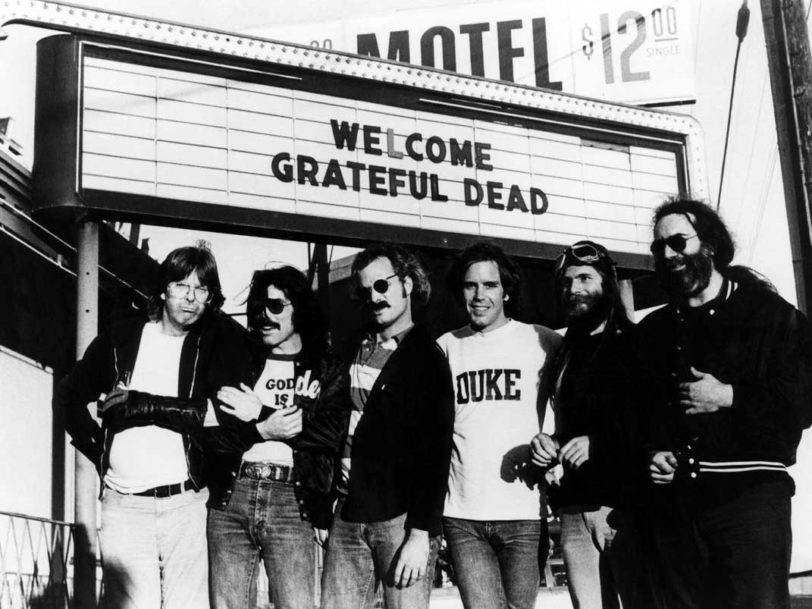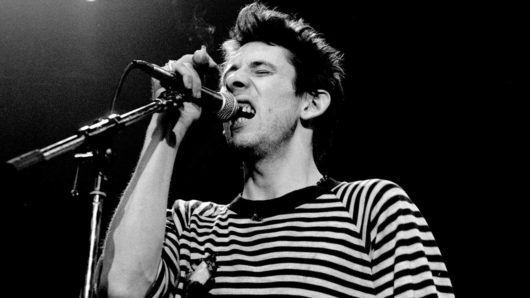Grateful Dead may have been the figureheads for the 60s counterculture in the US, but their music continues to resonate. Performing from 1965 to 1995 with guitarist and songwriter Jerry Garcia at the helm, the group recorded a string of classic albums and left behind a mammoth legacy of live recordings on which they pushed the limits of their music, winning a devoted audience known affectionally as “Deadheads”. We won’t try to pinpoint the definitive versions of each of the group’s songs here, but we can steer you in the direction of the best Grateful Dead songs. What a long, strange trip it is…
Listen to the best of Grateful Dead here, and check out our best Grateful Dead songs, below.
20: Help Is On The Way/Slipknot! (from ‘Blues For Allah’, 1975)
After a five-date residency at San Francisco’s Winterland Ballroom in October 1974, Grateful Dead decided to do something totally new for them – come off the road. Their touring hiatus meant that when they reconvened in February 1975 at guitarist Bob Weir’s home studio in Mill Valley, California, they were, for the first time, embarking on recording sessions without having road-tested the material in advance. The resultant album, Blues For Allah, featured some of the best Grateful Dead songs of the 70s and saw the group experimenting more than ever before – not only with new instrumentation, but with non-Western time signatures. Still, the opening medley featured a couple of tracks that had been around since June 1974. Help Is On The Way begins as a relatively conventional jazzy boogie before segueing into Slipknot!, a high-wire act of a jam that bassist Phil Lesh called “one of our finest exploratory vehicles”.




